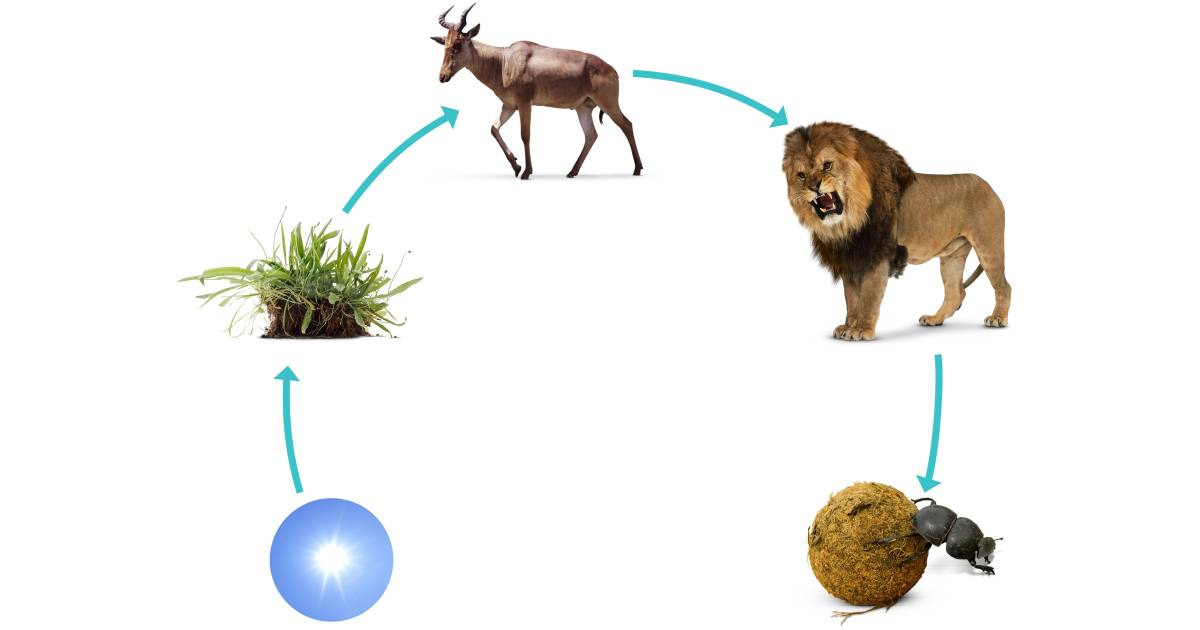
In the intricate tapestry of the ecosystem, rabbits often find themselves embodying the archetype of the prey animal. Their presence is woven into the fabric of diverse habitats, serving as sustenance for a plethora of predators. To understand which animals partake in the delicate act of consuming rabbits necessitates a deeper exploration of the food chain—a concept as fundamental to ecology as the rhythm of a heartbeat to life itself.
At the base of the food chain, we encounter the **herbivorous** lifestyle of rabbits. Emitting an aura of vulnerability, these creatures flourish in environments ranging from lush fields to dense woodlands, where endless grasses and tender shoots abound. Their insatiable appetites keep vegetation in check, thereby facilitating a balance within the ecosystem. However, this abundance also attracts a variety of discerning carnivorous predators, eager to partake in nature’s banquet.
The rabbit’s primary foes are typically small to medium-sized mammals. Among them, the **red fox** (Vulpes vulpes) stands as a formidable predator. Known for their cunning and adaptability, red foxes employ stealthy strategies, often scouting their territories at twilight—an optimal time for hunting. With sharp eyesight and acute hearing, these creatures embody the essence of a well-oiled hunting machine. The interaction between foxes and rabbits showcases a prime example of predatory tactics in action, mirroring the ancient dance of survival that has existed for eons.
Equally prominent in the rabbit’s perilous existence is the **coyote** (Canis latrans). This highly versatile predator has claimed the title of opportunistic scavenger and hunter alike. Coyotes have an affinity for open landscapes, where they can leverage their speed and stamina to outmaneuver their prey. With a diet that is as varied as their habitats, they often prioritize rabbits, utilizing their pack mentality to overwhelm the animals. The sheer tenacity of coyotes can serve as a stark reminder of nature’s relentless cycle of life and death.
Moreover, the world of birds of prey unveils another dimension in the rabbit’s demise. The **great horned owl** (Bubo virginianus), with its acute night vision and silent flight, reigns supreme as a nocturnal hunter. It navigates the moonlit sky, surveying the ground with predatory precision, waiting for the opportune moment to descend upon unsuspecting rabbits. This predator illustrates an intersection of grace and power—a hauntingly beautiful reminder of the fragility of life in the wild.
As daylight breaks, the **red-tailed hawk** (Buteo jamaicensis) emerges, a masterful embodiment of hunting prowess. Its keen eyesight allows it to spot rabbits from remarkable distances, gliding effortlessly through the air before embarking upon a swift dive to once again assert its dominion over the food chain. This interaction—the hawk’s aerial ballet and the rabbit’s desperate escape—paints a vivid picture of nature’s harsh realities, where survival often hinges on split-second decisions.
In addition to these principal hunters, the predatory menace extends to the ranks of smaller mammals such as **weasels** and **stoats** (Mustela erminea). Despite their diminutive size, these ferocious carnivores possess a remarkable agility that enables them to navigate rabbit burrows, ambushing their prey with tactical precision. Such encounters highlight a stark truth: even the tiniest pursuer can create ripples in the larger ecosystem—an enduring testament to nature’s inclination for balance.
Diving deeper into the aquatic realm, one may be surprised to discover the presence of **otters** and **alligators** in certain ecosystems, where rabbits graze near water bodies. While less common, these predators might capitalize on the vulnerabilities exposed when rabbits venture too close to the water, intertwining their fates with those of land animals. Such cross-domain predation emphasizes the interconnectedness of various ecosystems, reminding us that the food chain often transcends simplistic categorizations.
Furthermore, we must not overlook the influence of human activity on the predatory patterns involving rabbits. Urban environments have seen an increase in **domestic cats** (Felis catus), which, having become adept hunters through bred instincts, frequently target rabbits in suburban gardens. Consequently, this emergence of a new predator showcases humanity’s dual role—in cultivating and hunting, causing both direct and indirect impacts on rabbit populations.
In essence, the rabbit occupies a role rich in both ecological significance and perilous intrigue. Its existence epitomizes a bittersweet narrative woven into the grand design of nature. Animals that eat rabbits comprise a diverse assemblage, each contributing to the delicate balance of life and death. Factors such as habitat, time of day, and evolutionary adaptations coalesce to shape the interactions within this ecosystem. This multifaceted relationship between predator and prey not only captivates the imagination but also calls upon deeper reflections on the principles of survival, competition, and coexistence.
Ultimately, the tale of which animals eat rabbits serves as a poignant reminder of our interconnectedness within the animal kingdom. It beckons us to appreciate the complexity of the food chain—a mesmerizing balance of life that unfolds with each new dawn, echoing the time-honored adage that in nature, every tear shed is simultaneously a celebration of life. Embracing this intricate dance allows us to cultivate a deeper respect for the silent stories playing out in our natural world.
